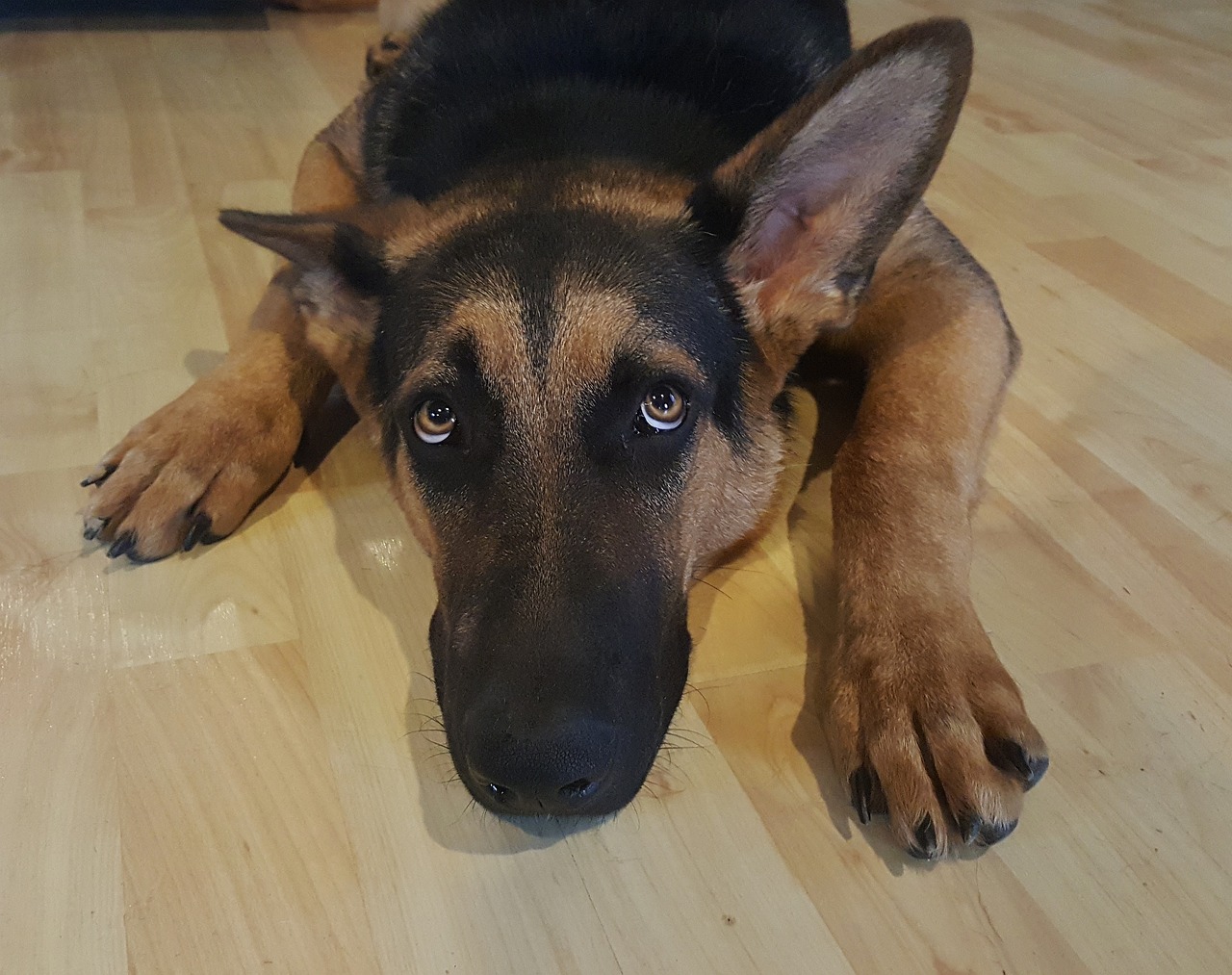Canine Elbow Dysplasia – Croney Research Group
What is Canine Elbow Dysplasia?
A dog’s elbow is part of their front legs, and has three bones: the ulna, the radius, and the humerus. Canine elbow dysplasia is a condition where the bones of the elbow develop abnormally and do not fit together correctly. This leads to joint pain and arthritis.

What causes Canine Elbow Dysplasia?
Elbow dysplasia is hereditary, and more common in large breed dogs. Three abnormalities in the elbow can contribute to elbow dysplasia:
- fragmented coronoid process (FCP): a crack in the bony protrusions at the end of the ulna
- osteochondrosis (OCD): thicker than normal cartilage on the elbow
- ununited anconeal process (UAP): failure of growth plates to fuse correctly
Dogs affected by elbow dysplasia may have one or more of these abnormalities. Injuries and being overweight can also contribute to signs of elbow dysplasia.
What are Signs of Elbow Dysplasia?
Signs of elbow dysplasia can start as early as when a puppy is around five months of age. Dogs with elbow dysplasia may limp, turn their paws inward, frequently flex their elbows, or have a head bob from favoring one front leg. In some dogs, there is joint swelling. Your dog may also be hesitant to exercise. Dogs with hip dysplasia may limp, be hesitant to jump, have lameness in the hind legs, or walk with an unusual gait. They may experience pain and stiffness when moving. Dogs with hip dysplasia may place more weight on the front legs. Decreased muscle mass in the hind legs may also be seen.
How is Elbow Dysplasia Diagnosed?


Although elbow dysplasia is hereditary, it is caused by multiple genes, and no genetic test has been developed that can identify it. A definitive diagnosis of elbow dysplasia requires x-rays to check for joint abnormalities.
OFA (Orthopedic Foundation for Animals): Dogs are x-rayed by their primary veterinarian, and the x-rays are sent for assessment by radiologists. Dogs can be given a definitive assessment if they are at least 24 months of age, but may be given a preliminary assessment before that.
Is there treatment for Canine Elbow Dysplasia?
Surgery is considered the best treatment for elbow dysplasia, but it is most effective when performed early, before arthritis develops. In less severe cases, medical management may be possible. Some dogs will benefit from physical therapy, pain medication, and joint supplements. Elbow braces should only be used with veterinary support to ensure a proper fit.
How can I help the dogs in my breeding program?
Screen your breeding dogs for elbow dysplasia, especially when you breed dogs at higher risk. We strongly encourage all breeders to register the results with OFA.
Your veterinarian can help you make breeding decisions based on your dog’s test results. The goal is to reduce the risk of passing on this condition to puppies and your future breeding dogs.
Keep your dogs at a healthy weight and feed them dog food for their age and breed. Moderate exercise may be helpful with an appropriate warm-up and cool down. Young dogs should not be raised on slippery surfaces, and should be exercised on softer surfaces, such as play yards of grass/dirt.
Severe cases of dysplasia can be debilitating. Talk to your veterinarian at the first signs of lameness or limping. Most interventions work best before arthritis develops.


Breeds most commonly affected by Elbow Dysplasia
|
|
Large breeds are more likely to be impacted by hip dysplasia. However, some smaller breeds are also predisposed.
Information about OFA screening: ofa.org/diseases/elbow-dysplasia/
Canine Elbow Dysplasia statistics by breed (OFA): ofa.org/chic-programs/browse-by-breed/
Topic(s): Bare Bones Basics, Breeder Resource, Health, Reproductive Healthcare, Veterinary Care